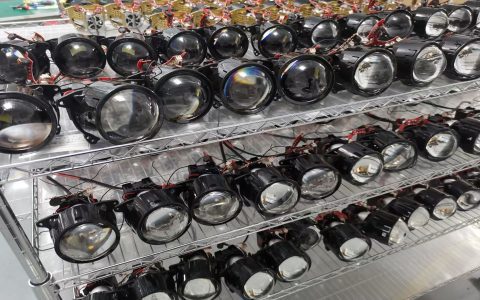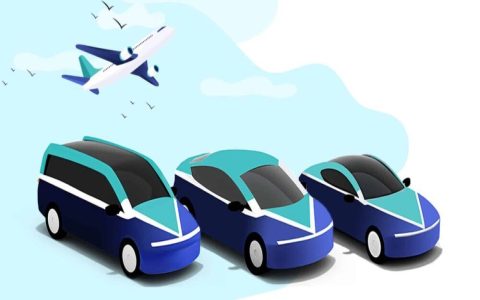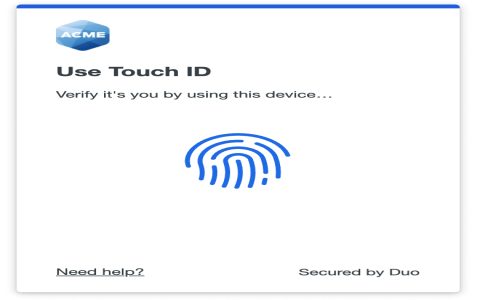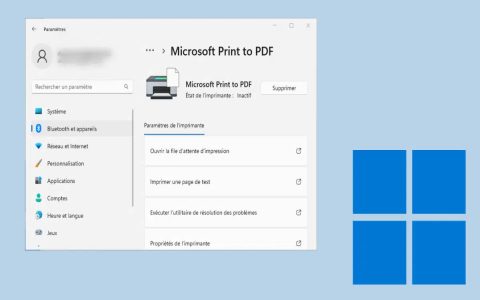Basics of Headlight Projection Technology
Headlight projection technology is an advanced automotive lighting system designed to precisely control beam patterns, optimizing road illumination while minimizing glare for oncoming traffic. Key principles include adaptive driving beams (ADB), matrix lighting, and digital control, enabling dynamic adjustment based on real-time driving conditions.
How Projection Technology Works
The process begins with a high-intensity light source, such as LED or laser diodes. This light passes through specialized optics, including:
- Lens systems that shape the beam
- Reflective surfaces that direct light precisely
- Electronic control units (ECUs) managing the system
For adaptive systems, sensors detect vehicles or obstacles. The ECU then adjusts micro-shutters or pixel modules within the projector to selectively block or dim specific areas, creating a "cut-off" pattern. This allows a bright main beam in dark zones while dimming areas occupied by other road users.
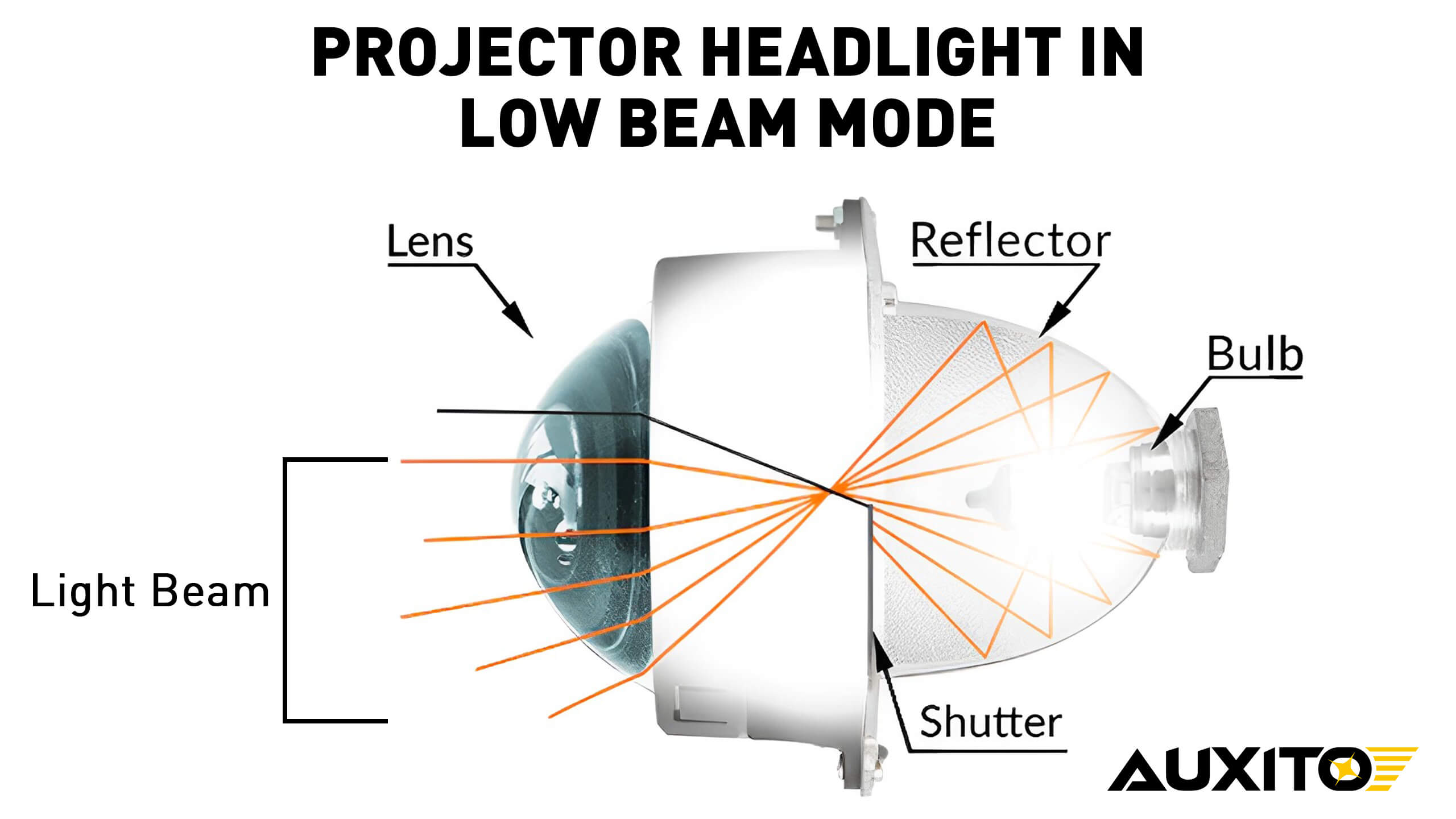
Key Components and Their Roles
- Light source: LEDs or lasers provide efficient, bright illumination.
- Projector module: Incorporates lenses and shutters to mold the beam.
- Control system: Uses cameras or sensors to monitor surroundings, sending data to the ECU.
- ECU: Processes data to instantaneously modify the light output.
Benefits of Modern Headlight Technology
This technology significantly improves nighttime visibility by up to 30%, reduces driver fatigue, and enhances overall safety through glare-free illumination. It also offers energy efficiency and complies with evolving regulatory standards for smarter vehicle lighting.

